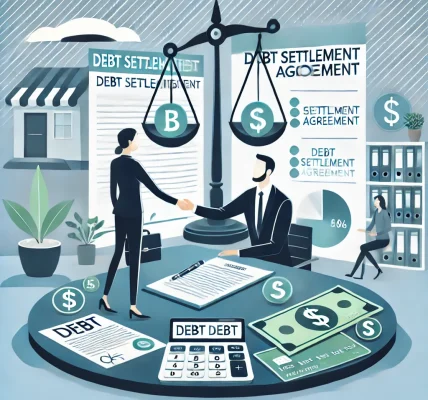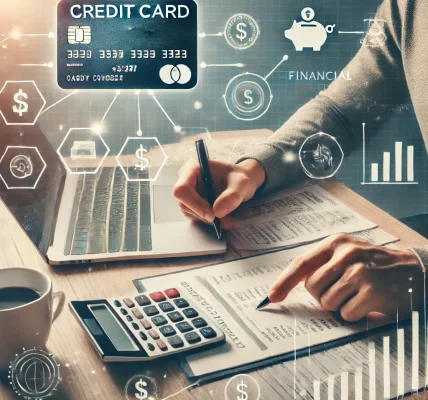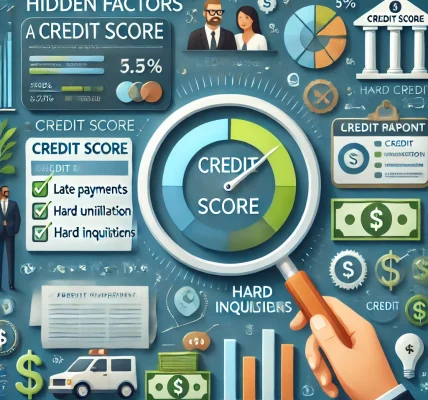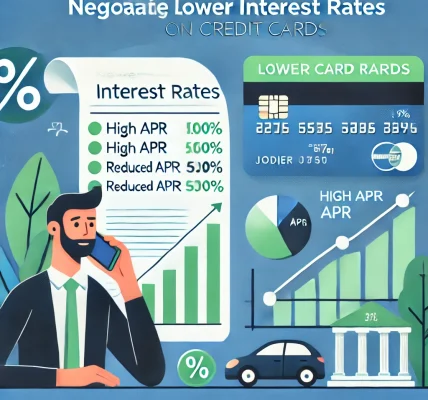Introduction
Credit utilization is one of the most important factors affecting your credit score, yet many people overlook its significance. It plays a crucial role in determining your financial health and can either help you build a strong credit profile or damage your score if not managed properly.
In this guide, we will explain what credit utilization is, why it matters, and how you can manage it effectively to improve your credit score.
What is Credit Utilization?
Credit utilization refers to the percentage of your total available credit that you are currently using. It is calculated by dividing your total credit card balances by your total credit limits and then multiplying by 100.
💡 Formula:
For example, if you have a total credit limit of $10,000 and your current credit card balances total $3,000, your credit utilization ratio is 30%.
Lenders use this ratio to assess your financial behavior. A lower utilization rate is generally viewed positively, while a higher rate can indicate financial risk.
Why Does Credit Utilization Matter?
1. Major Impact on Your Credit Score
Credit utilization accounts for 30% of your FICO credit score, making it one of the most influential factors.
A high utilization rate signals to lenders that you may be over-reliant on credit, increasing the risk of missed payments and defaults. On the other hand, maintaining a low utilization rate shows responsible credit management.
2. Affects Loan and Credit Approvals
Lenders review your credit utilization when deciding whether to approve you for loans or credit cards. High utilization may lead to higher interest rates or even denial of credit applications.
3. Influences Your Interest Rates
Even if you are approved for a loan, high credit utilization may result in a higher interest rate, increasing the total cost of borrowing over time.
4. Impacts Credit Limit Increases
Banks and credit card companies may hesitate to increase your credit limit if you consistently maintain a high utilization ratio, limiting your financial flexibility.
5. Affects Your Financial Stability
Keeping high balances on your credit cards can lead to long-term debt problems. By managing your utilization wisely, you can avoid excessive interest charges and financial strain.
How to Manage and Improve Your Credit Utilization
1. Keep Utilization Below 30%
Most financial experts recommend keeping your credit utilization below 30% to maintain a healthy credit score.
🔹 Best Practice: Aim for 10% or lower for optimal credit health.
2. Pay Off Balances Before the Statement Date
Your credit card issuer reports your balance to credit bureaus on your statement closing date. Paying down your balance before this date can help lower the utilization ratio reported to the bureaus.
3. Increase Your Credit Limit
If you have a strong credit history, request a credit limit increase from your credit card provider. This can help lower your utilization ratio without changing your spending habits.
🔹 Example: If you increase your credit limit from $5,000 to $10,000, a $2,000 balance will now represent 20% utilization instead of 40%.
4. Spread Balances Across Multiple Cards
Instead of maxing out a single card, distribute your expenses across multiple credit cards to keep individual utilization rates low.
5. Make Multiple Payments Each Month
Making biweekly payments instead of a single monthly payment can help reduce your reported credit utilization, improving your score over time.
6. Use a Personal Loan to Pay Off Credit Card Debt
A personal loan can consolidate high-interest credit card balances into a fixed-term installment loan, reducing your credit utilization and potentially lowering your interest rate.
7. Avoid Closing Old Credit Cards
Closing an old credit card reduces your total available credit, which can increase your utilization ratio and hurt your credit score.
🔹 Example: If you have a $5,000 credit limit and close a $2,000 limit card, your available credit drops to $3,000, increasing your utilization percentage.
8. Monitor Your Credit Report Regularly
Check your credit report frequently to ensure all reported balances are accurate. You can get a free credit report from:
- AnnualCreditReport.com (Official U.S. site)
- Credit monitoring services like Experian, Equifax, and TransUnion
Common Credit Utilization Myths
❌ Myth #1: You Should Carry a Credit Card Balance to Improve Your Score
✅ Truth: Paying off your balance in full each month is the best way to build credit and avoid interest charges.
❌ Myth #2: All Utilization Is the Same
✅ Truth: Lenders look at both overall utilization (total credit used vs. total available credit) and individual card utilization (balance vs. limit on each card).
❌ Myth #3: Lowering Utilization Instantly Increases Your Score
✅ Truth: Credit score updates depend on when lenders report to credit bureaus. It may take a few weeks to reflect changes.
Final Thoughts
Credit utilization is a powerful factor in your credit score. Keeping your utilization low can help you:
- Improve your credit score
- Qualify for better loan and credit card offers
- Reduce financial stress




